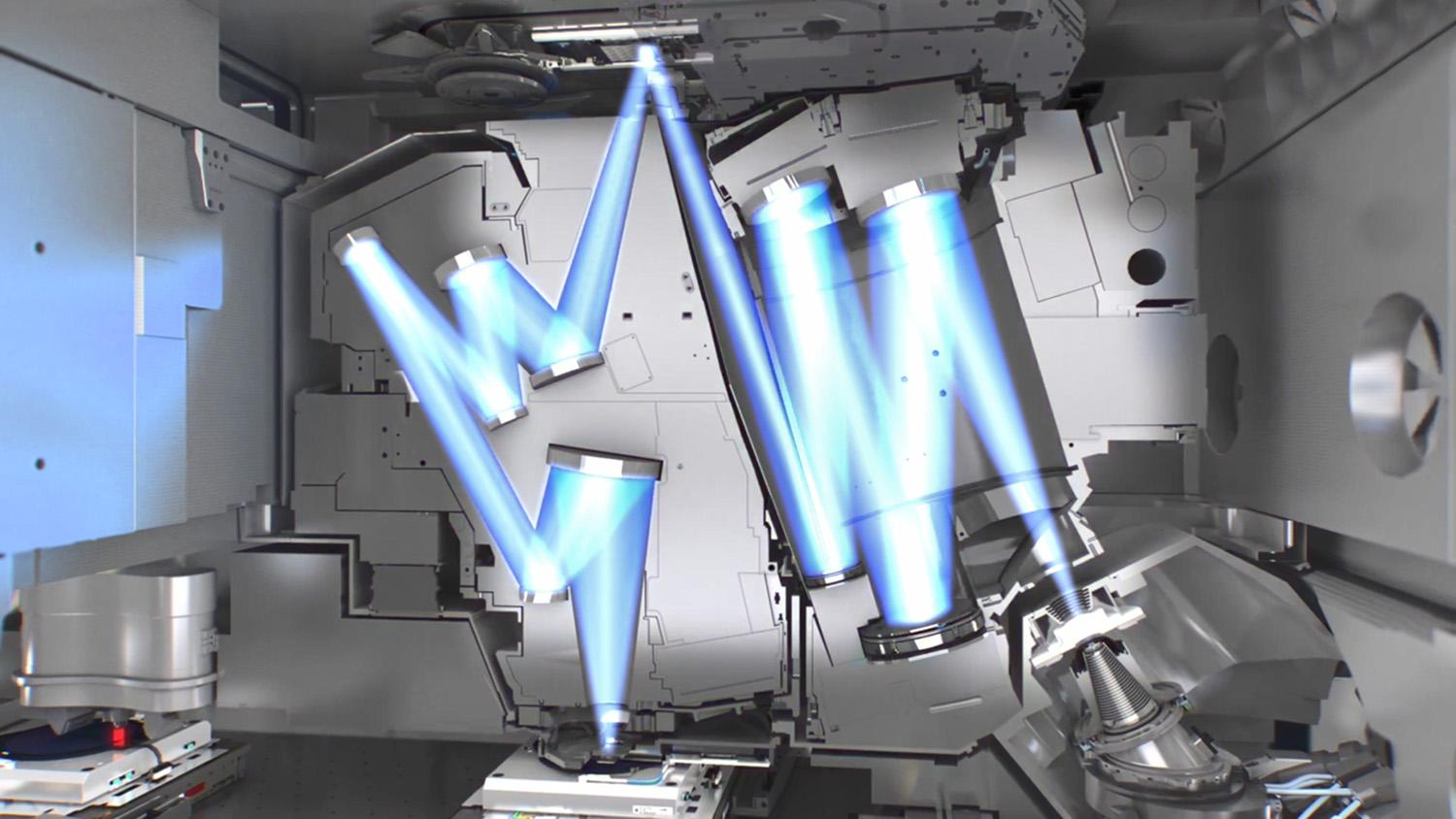Although the United States remains the global leader in semiconductor design, the semiconductor industry in the United States also faces significant challenges due to the rise of various countries around the world. For example, the share of modern semiconductor manufacturing capacity in the United States has fallen from 37 percent in 1990 to 12 percent today. At present, ASML has a monopoly on the production of EUV, a key chip manufacturing tool, while Asian companies such as TSMC and Samsung dominate the manufacturing of advanced chips. There are many reasons for its mistakes in chip manufacturing.
The first is a policy and strategic failure. Since the 70s of the 20th century, the United States has gradually abandoned strong support for the semiconductor industry in favor of a more capital-oriented "science policy" strategy, which has led to a weakening of innovation and production capacity. Early on, the United States government created a robust innovation ecosystem through a combination of supply incentives, demand support, and regulatory coordination. However, this policy change has made the ecosystem fragile and unable to effectively defend itself against external competition. In particular, the conservative attitude of United States companies and industry executives in the evaluation of extreme ultraviolet lithography (EUV) technology has led to insufficient investment in the development of this technology, while the Netherlands company ASML has boldly invested in EUV technology and eventually monopolized lithography machine production in this field. United States chip giants such as Intel have also misjudged the introduction of EUV technology, causing it to lag behind Asian companies such as TSMC and Samsung in advanced chip manufacturing.

Figure: Extreme ultraviolet lithography machine
The second is technical and market failures. With the change of United States semiconductor industry policy, the ability to innovate technology has been affected. In the low-capital environment of the United States, it has become extremely difficult to build new production lines to drive innovation in process technology, resulting in a slowdown in the pace of semiconductor technology innovation in the United States, which in turn reduces its competitiveness in advanced chip manufacturing. At the same time, Asian companies such as TSMC and Samsung have mastered advanced manufacturing technologies through economies of scale to reduce production costs, and have taken a dominant position in the global market.
Finally, the impact of geopolitics and the trade war is also an important factor. The U.S. and China are increasingly competing in the technology sector, especially when it comes to export controls on cutting-edge technologies such as artificial intelligence. This policy not only restricts United States companies from exporting key chip technology to China and other countries, but also exacerbates the confrontation and friction between the two countries in the field of science and technology. As global supply chains adjust, countries are striving to build more stable and secure supply chains. United States companies also face pressure and challenges to reshoring key technology component manufacturing home, however, such adjustments require huge investment and address a shortage of qualified workers.
Overall, United States' failures in key chip technologies are manifold, including policy and strategy, technology and markets, and geopolitics and trade war failures. In order to revitalize the semiconductor industry in United States, it is necessary to formulate more comprehensive and effective policies, increase investment in technological innovation and R&D, and actively participate in cooperation and competition in the global supply chain.






